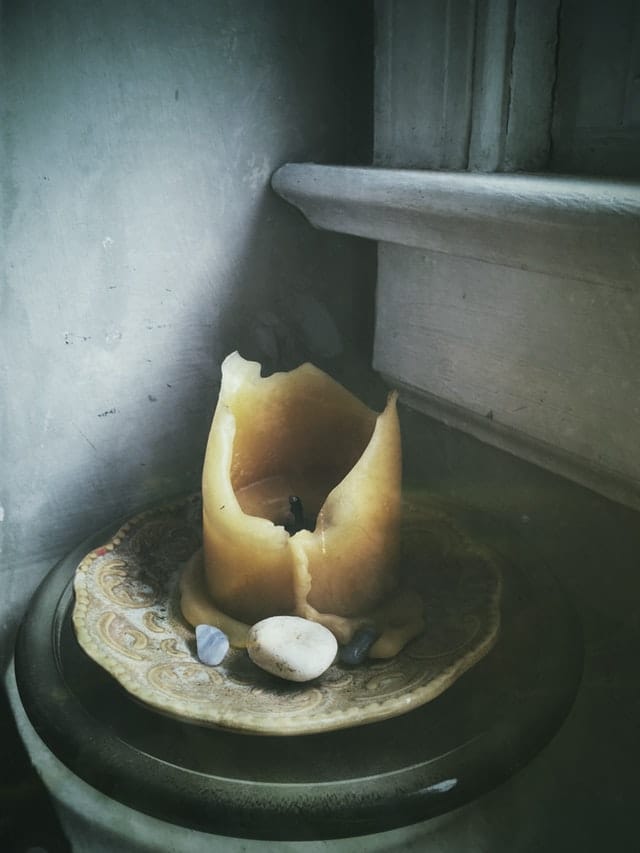Earwax, also called cerumen, is a natural substance produced by the ear that plays an essential role in ear health. It protects the ear canal and eardrum by helping remove debris, foreign bodies and germs from penetrating deep into the ear.
Earwax is self-regulating, meaning that natural motions from talking and chewing, as well as the anatomy of the ear, push earwax out of the ear canal without you having to clean it out yourself. So, if you notice earwax coming out of your ears, it just means that the body is doing its job correctly.
What Earwax Is Healthy?

Healthy earwax can present in a variety of colors depending on the person and how old the wax is.
- Off-white or yellow earwax indicates fresh earwax. This color is likely found deeper in the ear canal.
- Orange or dark orange earwax that is sticky or flakey is older earwax. The darker it is, the more debris it has picked up.
- Brown earwax is very old, and most likely is close to exiting the ear.
Earwax can also be other colors, although this usually indicates a problem within the ear.
- Green or green-tinted earwax, especially when accompanied by pus or a foul smell, likely indicates infection.
- Red-streaked, bloody earwax can indicate injury, a bug bite in the ear canal or a ruptured eardrum.
- Gray or black earwax occurs when there are particles in the ear or when earwax is impacted.
Texture of earwax can depend on a variety of factors, such as age of earwax, genetics and a person’s age. For example, a 2006 study linked people of East Asian descent to drier, flakier earwax, and children tend to have softer, lighter earwax than adults.
Ear Safety
While it may be tempting to stick a cotton swab or bobby pin into the ear to clean out “excessive” earwax, audiologists warn against this.
Inserting anything into the ear canal increases risk of pushing wax further into the canal and causing it to become impacted, and it is all too easy to stick something too far into the ear and injure or rupture the eardrum.
Some people use ear candles to remove wax and debris, but researchers warn against this too, citing risk of burns without any real benefits.
To clean the ears, simply wash the outer ear with mild soap and water and wipe moisture away with a towel. This is all the cleaning that the ears need in most cases.
If you are experiencing impacted earwax, you can purchase over-the-counter eardrops, which will soften wax to help it work itself out. If this doesn’t work, you can visit your audiologist for an earwax removal appointment.
For more information or to schedule an appointment, call Hampton Roads ENT today.
